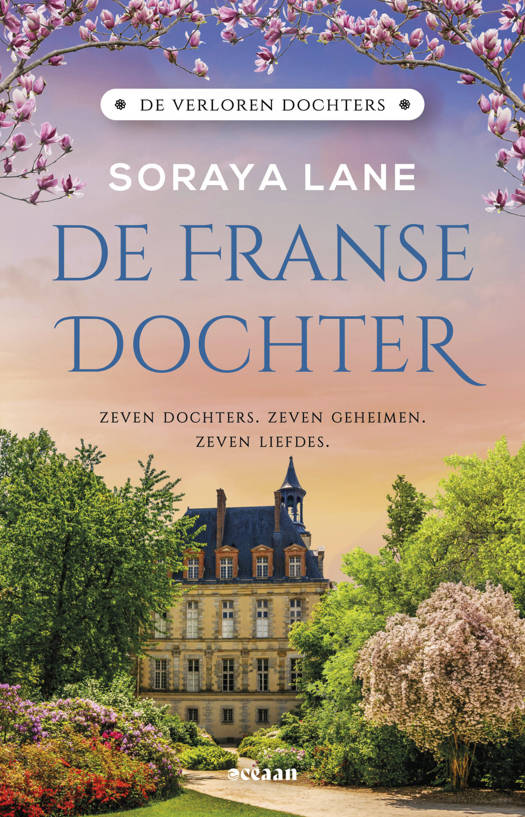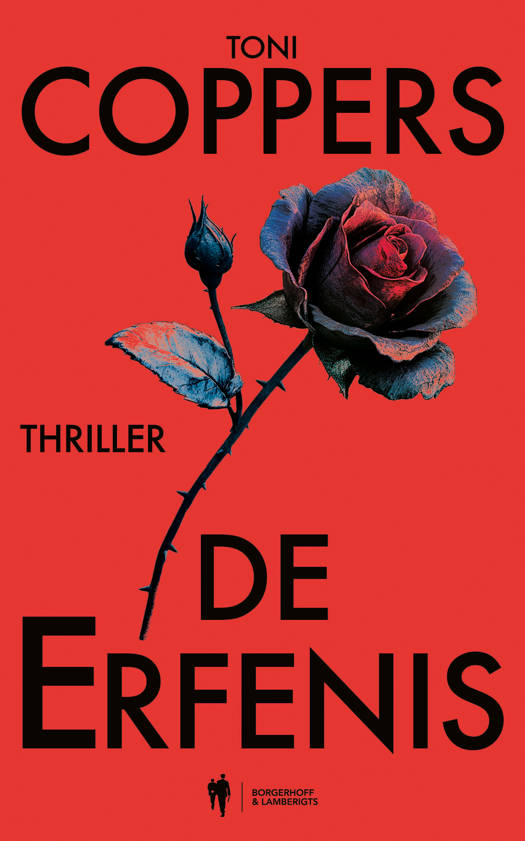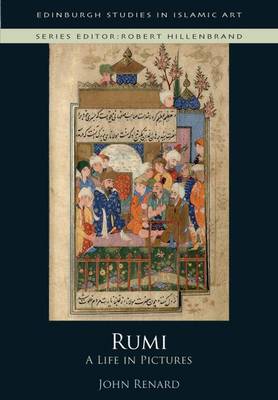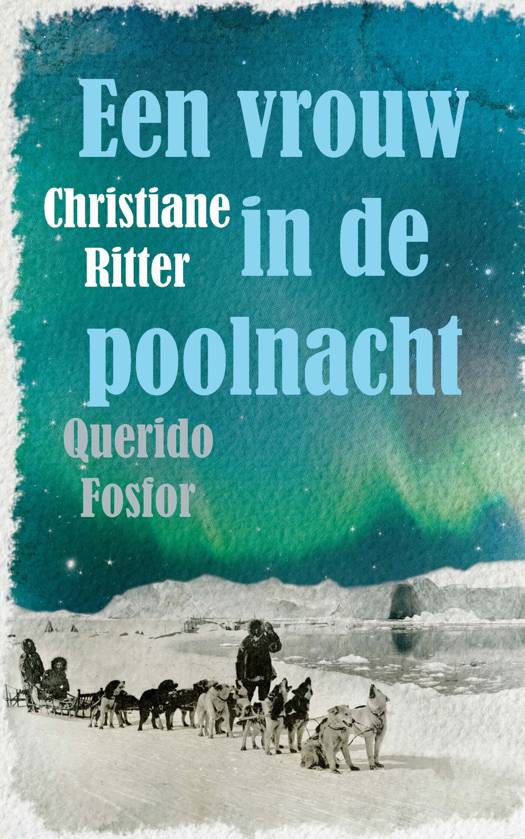
Door een staking bij bpost kan je online bestelling op dit moment iets langer onderweg zijn dan voorzien. Dringend iets nodig? Onze winkels ontvangen jou met open armen!
- Afhalen na 1 uur in een winkel met voorraad
- Gratis thuislevering in België vanaf € 30
- Ruim aanbod met 7 miljoen producten
Door een staking bij bpost kan je online bestelling op dit moment iets langer onderweg zijn dan voorzien. Dringend iets nodig? Onze winkels ontvangen jou met open armen!
- Afhalen na 1 uur in een winkel met voorraad
- Gratis thuislevering in België vanaf € 30
- Ruim aanbod met 7 miljoen producten
Zoeken
€ 225,95
+ 451 punten
Omschrijving
Picturing the life story of Jalal ad-Din Rumi, a premier Muslim mystic and the original Whirling Dervish, the images in three extant manuscripts of Aflaki's Wondrous Feats of the Knowers of God provide a unique way to interpret the text. Part One: History and Context provides the medieval Anatolian historical setting; the broad contours of literary and artistic works of Islamic Hagiography; and the specific details of the three manuscripts to be explored. Part Two: Text and Image proposes a method for interpreting a hybrid literary-visual document as a grand narrative of the Family Rumi at the inspirational and ethical core of a virtuous community: flourishing within a complex Muslim society under divine providence. Pictures in the three manuscripts were produced by studios of painters under the patronage of major late 16th-century Ottoman sultans. The result of their efforts is a kind of 'visualised hagiography' uniquely capable of suggesting distinctive and often surprising twists on the narratives, enhancing the text with images of striking beauty and rich detail.
Specificaties
Betrokkenen
- Auteur(s):
- Uitgeverij:
Inhoud
- Aantal bladzijden:
- 296
- Taal:
- Engels
- Reeks:
Eigenschappen
- Productcode (EAN):
- 9781474475006
- Verschijningsdatum:
- 1/11/2021
- Uitvoering:
- Hardcover
- Formaat:
- Genaaid
- Afmetingen:
- 175 mm x 249 mm
- Gewicht:
- 839 g
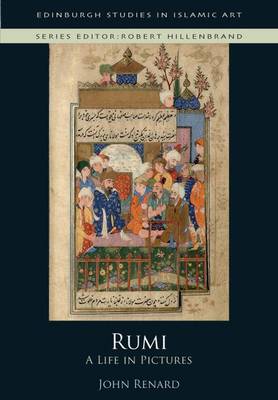
Alleen bij Standaard Boekhandel
+ 451 punten op je klantenkaart van Standaard Boekhandel
Beoordelingen
We publiceren alleen reviews die voldoen aan de voorwaarden voor reviews. Bekijk onze voorwaarden voor reviews.


